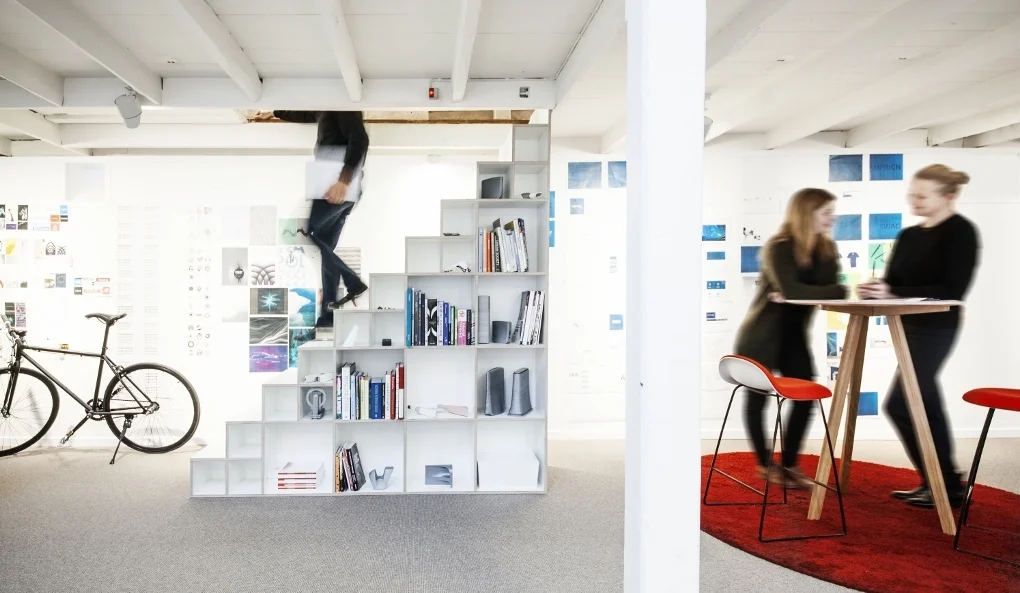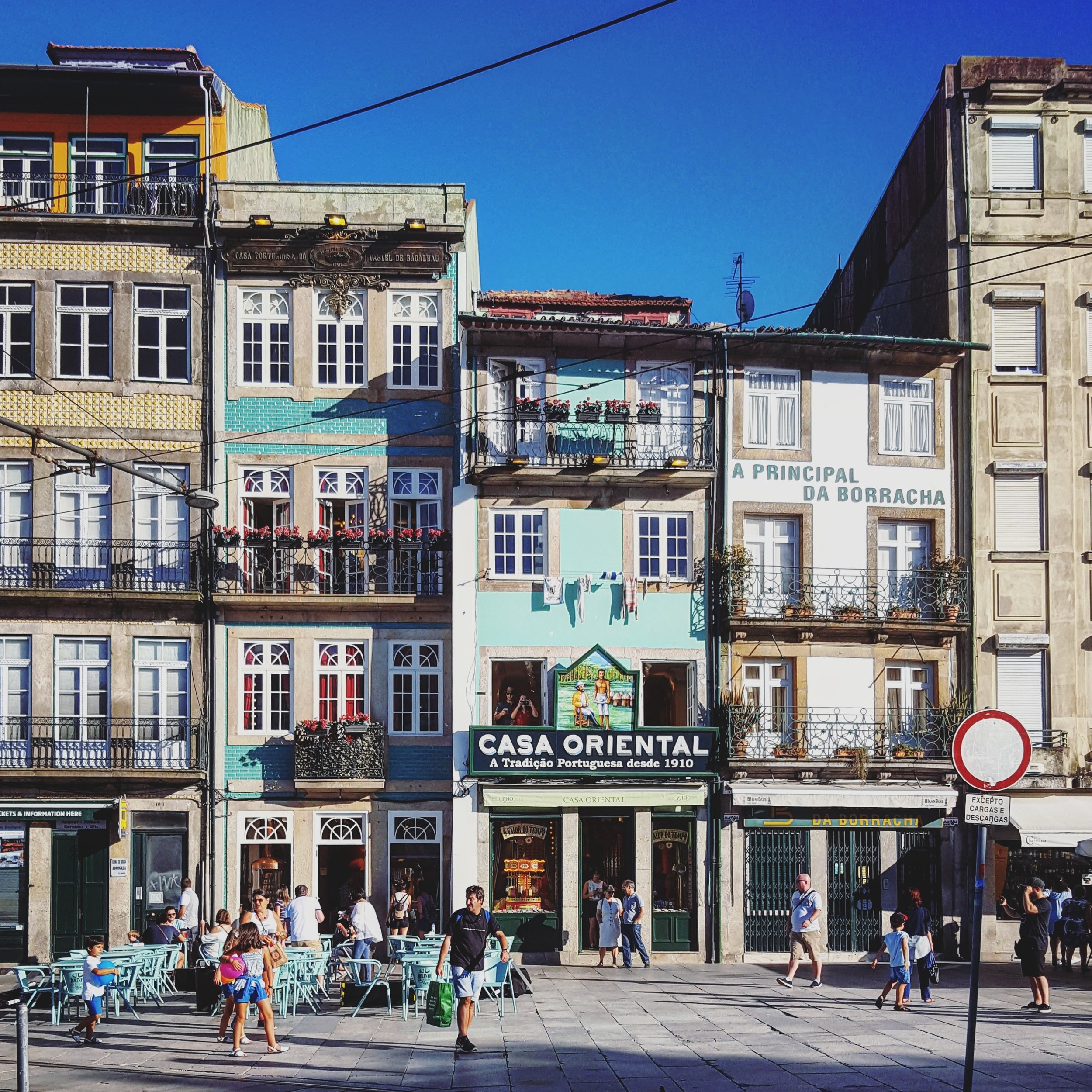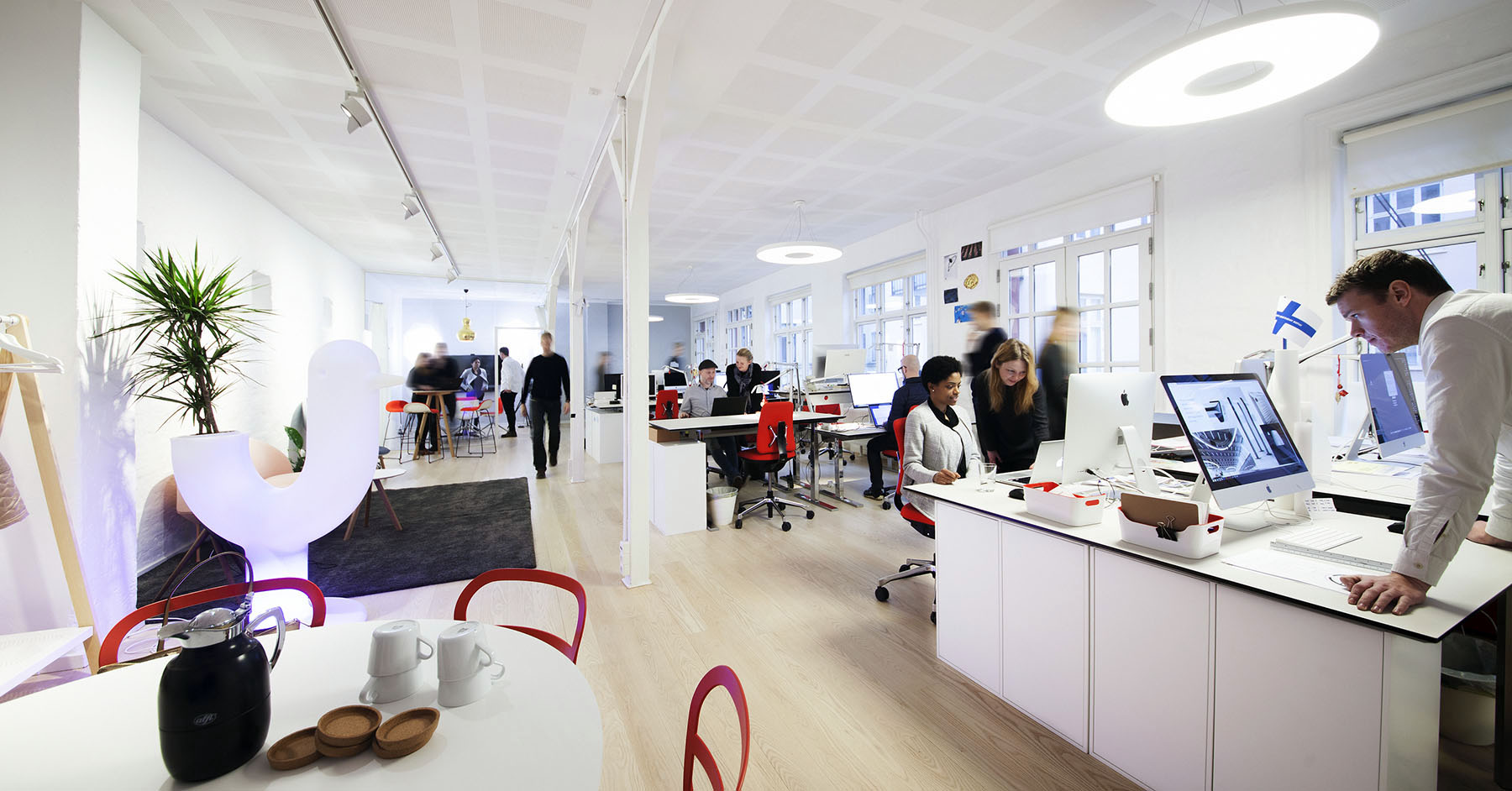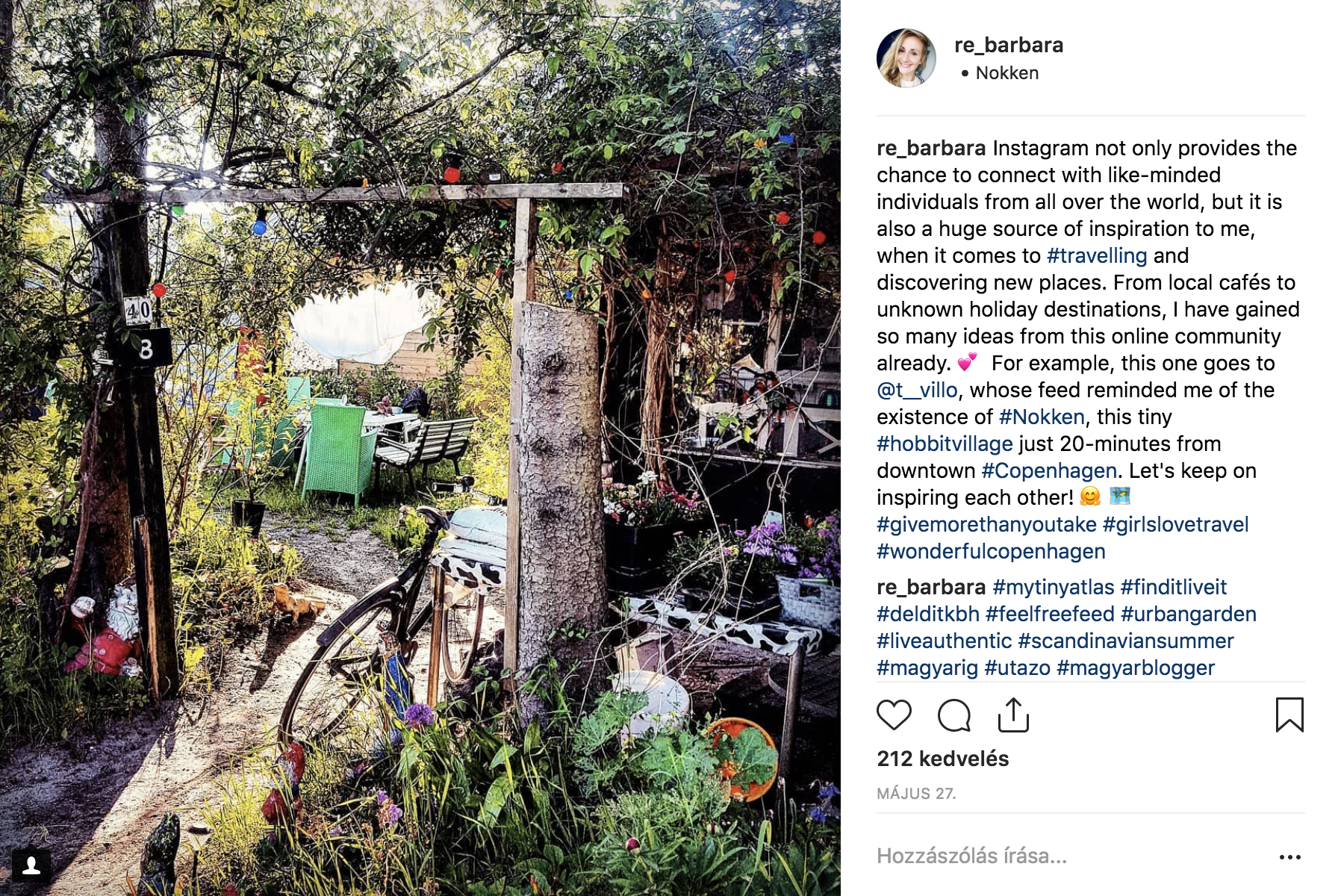What are the top 3 learnings in my content marketing career that brought the most value? What advice do I wish I got when I started my professional journey in marketing? A few weeks ago, Better Digital Marketing, a Europe-based community of B2B marketers have reached out to me for an interview.
As I have a diverse background and not a linear career path, the interview starts with explaining how I ended up in the field of content marketing at all. During my 7+ years as a marketeer, and the few years of journalism before that, I have learned how critical it is to tap into the right questions, consider facts and divergent opinions, have the ability to “find the needles in a haystack”, and overall, have a curious and open-minded personality.
Based on my experience, I also share some recommendations for B2B marketing growth for the future, like which channels to use in 2021 and content marketing tactics that have worked well for me so far.
You can read the full interview here.























